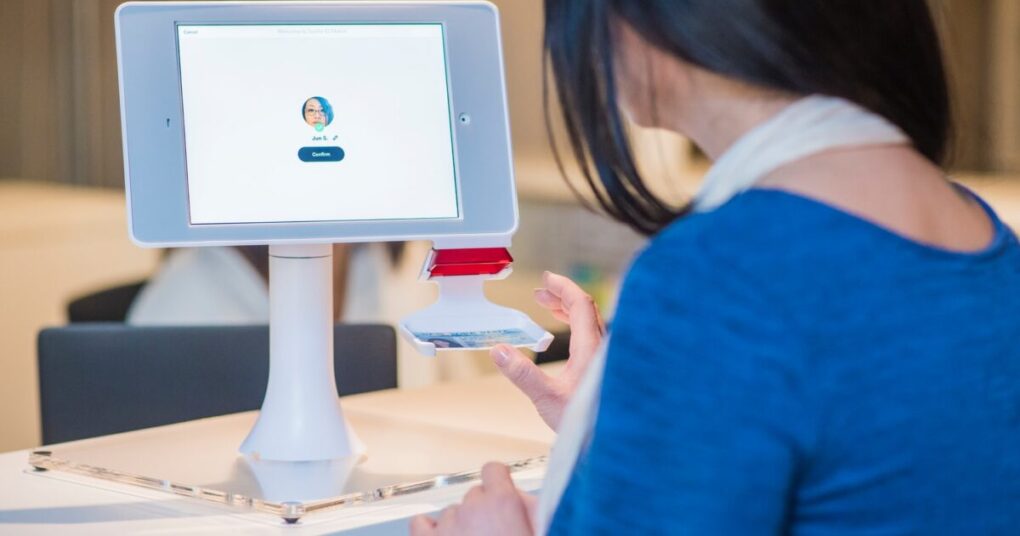
Facial acknowledgmentis an invasive and dangerous surveillance technology. When the federal government progresses with pilot programs that will, if completely implemented, subject millions of people every day to the technology that must give all of us pause. Presently the Transport Security Administration (TSA) is running two different pilots that utilize of facial recognition technology to confirm tourists’ identity. As described listed below, this is an error– not just because of the continuous personal privacy and bias issues but due to the fact that of the long term ramifications of using our face as our ID. That is why impressive has previously promptedCongress to suspend TSA’s usage of facial recognition innovation and supportsthe call by a number of Senators previously this year for TSA to halt the innovation’s use.
TSA Facial Acknowledgment Pilot Programs
TSA’s 1:1 pilotutilizes a real-time picture taken at a security checkpoint and compares that image to the image on the traveler’s government-issued ID (e.g., a motorist’s license or passport). Instead of handing over your ID to a TSA agent, travelers will place their ID into a device that will then take a photo of them and compare it to the image on the ID to confirm their identity. In theory, tourists can opt outof the pilot at the security checkpoint to avoid having their image taken and their identity verified by facial acknowledgment. In those instances where a traveler opts out, a TSA representative is expected to check the ID manually to confirm identity. This 1:1 pilot has currently expandedto at least 25 airports.
There is also a more minimal 1: numerous pilotcurrently concentrated on “trusted tourists” (e.g., TSA PreCheck enrollees) that utilizes a real-time image taken at the security checkpoint and compares that image to a database of images the federal government controls. Presently, these travelers might choose into the 1: numerous pilot and, if they do so, do not require to present a federal government issued ID at the security checkpoints where the pilot has actually been carried out. Rather, their identity is confirmed with a real-time picture taken at the security checkpoint that is sent to Customizeds and Border Defense’s (CBP) Traveler Confirmation Service(TVS) for identity verification. TVS is CBP’s cloud-based facial acknowledgment identity verification service. TVS leverages pictures from federal government databases including passport images and/or visa pictures, to name a few sources, to carry out the identityconfirmation versus the image taken in real-time.
Both pilots raise the possibility of predisposition problems that could disproportionately impact particular groups of individuals (e.g., women and individuals with darker skin). According to TSA, they are checking the facial recognition algorithm for accuracy and to guarantee it is free from bias. However it appears the TSA is not utilizing an independent third party to perform the tests, and the agency apparently has no plans to launch the results openly, which casts doubt on how they are checking the algorithm and any outcomes of that testing.
The Risks of Facial Recognition– Even for Identity Confirmation
Regardless of the test results, however, TSA should not be carrying out using facial recognition. Sadly, regardless of the potential privacy and predisposition dangers, TSA’s Biometric Roadmapmakes clear that TSA has every intention of carrying out making use of facial recognition at airports throughout the nation. This is an issue because any current claims by TSA about how they are securing personal privacy and the voluntariness of the program ring hollow because of the truth that there are no significant constraints on how TSA executes making use of facial recognition innovation. This is due to the fact that the United States lacks an overarching law to regulate using facial acknowledgment to guarantee the needed transparency, responsibility, and oversight to protect our personal privacy, civil liberties, and civil rights.
For example, although currently tourists are not required to take part in the 1:1 or the 1: numerous face verification pilots, there is no assurance that will remain the case. Certainly, the head of TSA, David Pekoske, statedat SXSW this year while talking about making use of facial recognition at airports that “eventually we will specify we will need biometrics across the board.” This statement by TSA Administrator Pekoske highlights among the main threats of TSA utilizing facial acknowledgment in any capability– there is no guarantee that how TSA at first utilizes facial acknowledgment will not alter or broaden beyond the current specified function. Even if TSA begins with the less privacy-invasive and “voluntary” 1:1 application, the company might quickly alter the implementation and expand the use of facial recognition. This includes moving from a 1:1 implementation to a 1: many, making face verification a requirement, and giving unfettered access to law enforcement. The extent of TSA’s facial recognition program, how TSA chooses to use facial recognition, and what defenses are or are not in location are mostly approximately TSA.
Another danger that is set in motion by TSA’s use of face verification is the extremely genuine possibility that our face ultimately becomes our default ID and creates a de facto nationwide ID managed by the federal government. TSA subjecting millions of travelers to face verification will serve as a recommendation of face verification moving on, regardless if the firm means it that method or not. Consequently, it will accelerate making use of our faces as our IDs. No longer will we manage our identification as that control will be delivered to the federal government, which will have the capability to easily identify us without our authorization and even without our understanding. And using our faces as our ID means the infrastructure for facial acknowledgment will end up being ubiquitous and central and the temptation to broaden making use of such a facilities will likely be undue to resist, leading to objective creep. A nationwide ID based upon face verification will be disastrous for our privacy, civil liberties, and civil rights. It would ruin anonymity and put the control of identification in the hands of the federal government and more exacerbate the imbalance of power in between the government and individuals.
Provided the power of facial acknowledgment innovation, we, as a society, should consider its threats and how, if at all, the innovation needs to be utilized. This is especially real before a government company begins executing a program that would subject millions of tourists to it. As it stands, the government (and the economic sector) are totally free to execute facial recognition technology basically however they would like, however the reality is facial recognition innovation postures too great a threat to our democracy to enable its unconfined growth. There is a reason facial acknowledgment has actually become ubiquitous in less democratic countries– facial acknowledgment is an ideal tool for injustice by an authoritarian or would-be authoritarian federal government. TSA’s usage of facial acknowledgment normalizes using our face as our ID and the harmful ramifications are far undue to disregard. The TSA should right away halt its implementation of facial recognition.

